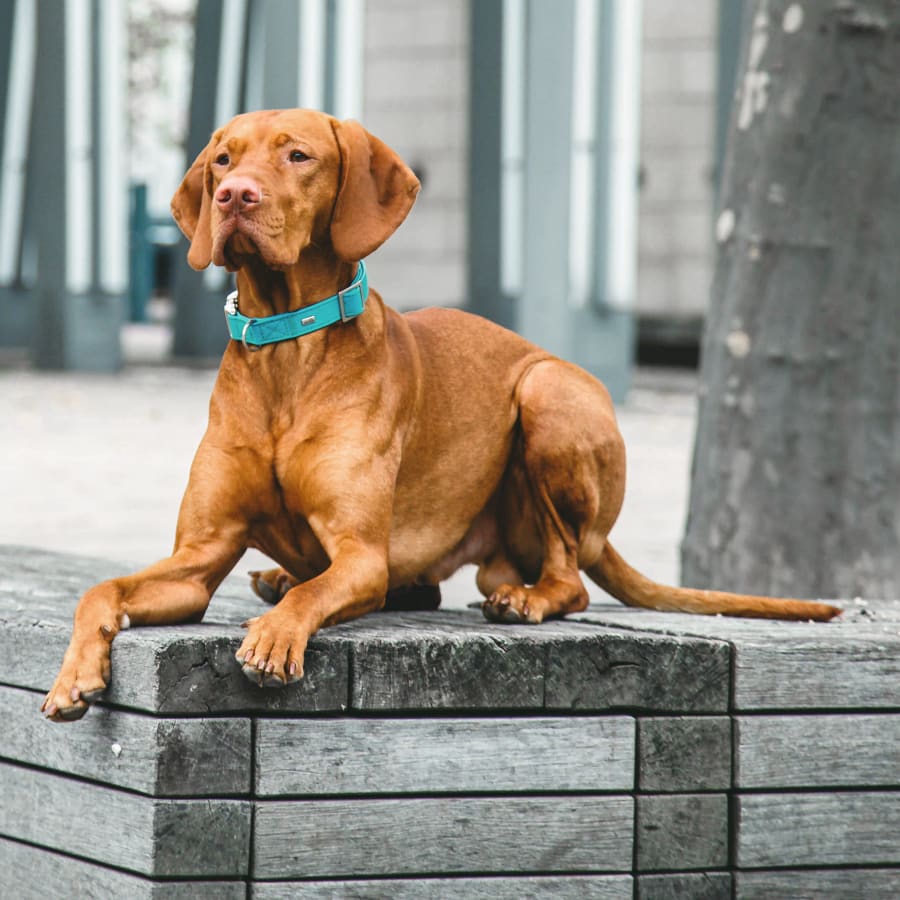Repairing a Dog's Damaged Knee Joint & Relieving Pain
The cranial cruciate ligament (CCL) stabilizes your dog's knee joint. An intact CCL prevents the femur from "sliding" down the slope when your dog bears weight. However, this ligament may tear as a result of sudden trauma or slow degeneration that occurs over months or years.
Tibial Plateau Leveling Osteotomy (TPLO) surgery is often used to repair CCL tears in dogs. This procedure can help stabilize the joint, relieve pain, and prevent further joint damage and chronic diseases, including osteoarthritis.
Dr. John Nenni, a veterinarian at Eastgate Animal Hospital, performs TPLO surgery for dogs as part of his focus on small animal care.

What to Expect from TPLO Surgery
TPLO is a common procedure that has a high success rate. If your dog requires this operation, you can learn about what to expect from the process at our animal hospital below.
The TPLO Surgical Procedure
TPLO surgery is a common orthopedic procedure designed to permanently repair a dog's damaged CCL.
Your vet may recommend this operation to reconfigure your dog's knee and prevent further injury or complications. Here is what you can expect before, during, and after the operation.
-
Before Surgery
Your vet will run diagnostics and pre-anesthetic testing to make sure your dog is healthy enough to undergo orthopedic surgery. Antibiotics and painkillers will also be administered.
-
During Surgery
Your dog will be under anesthesia during the procedure. The veterinarian will open the joint or make a small incision, then use a miniature camera to assess the structure of your dog's knee. The remaining parts of the damaged ligament(s) will be removed.
The tibial plateau (the area of the knee that bears load) will then be cut, rotated, and repositioned at a five-degree angle so it will be aligned with the femur. The knee joint will then be stable, so your pet's knee will be able to bear weight.
A specially designed bone plate and screws will be used to place a bone graft. During this procedure, your vet will also examine the meniscus (cartilage found in the knee joint) to determine whether it is torn and remove any damaged parts.
-
After Surgery
Additional X-rays will be taken after the surgery to examine the new angle of the shin and assess how the position of the screws and plates is working. Your vet will place a bandage over the surgical site to prevent infection.
Most dogs will remain in hospital overnight following TPLO surgery.
Your Dog's Recovery from TPLO Surgery
It may take your dog between 12 and 16 weeks to recover from TPLO surgery. However, recovery from this procedure typically occurs faster than with comparable surgeries.
Your vet will provide you with clear and detailed home care instructions for your dog's recovery, and you should follow these carefully. Generally, the surgical site should be monitored for any excessive discharge, redness, swelling, or other complications. Your dog will also need to wear an Elizabethan collar (a cone) to keep them from grooming, chewing, or licking the incision.
You'll also need to limit your pup's activity and prevent them from jumping, running, or playing roughly while they recover.
You can expect your dog to return to their normal physical activities about six months after their TPLO surgery.
